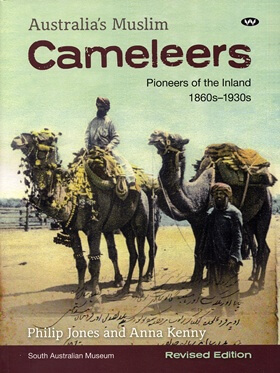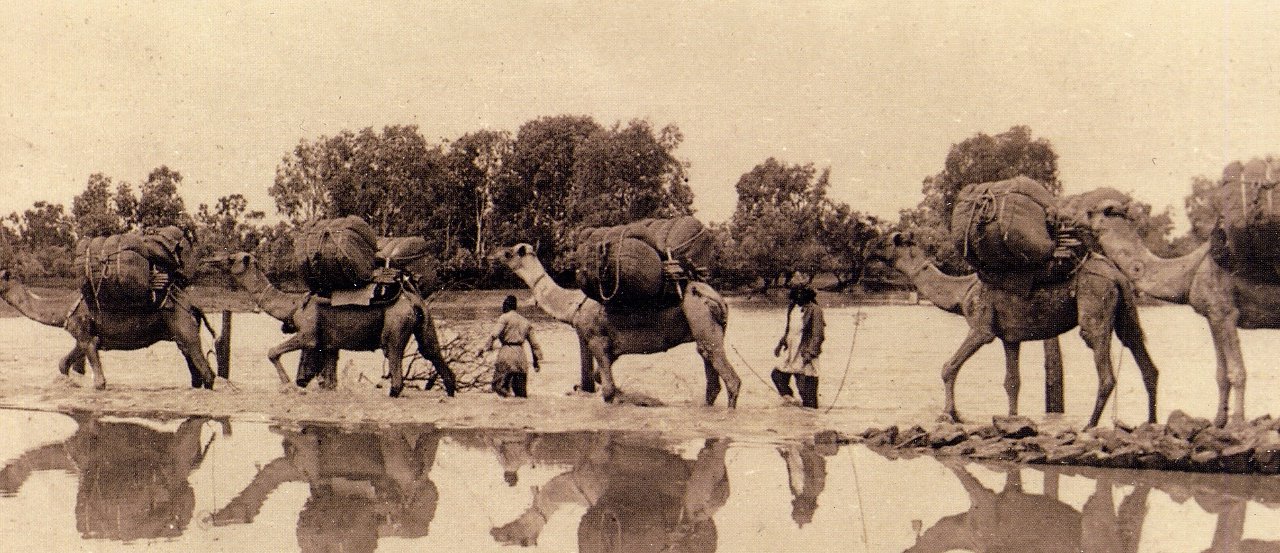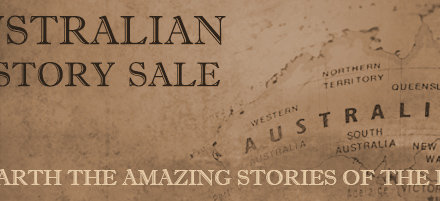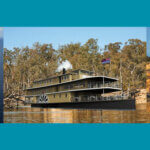 Title: Australia’s Musim Cameleers: Pioneers of the Inland 1860s-1930s
Title: Australia’s Musim Cameleers: Pioneers of the Inland 1860s-1930s
Author: Philip Jones & Anna Kenny
Media: paperback, 200 pages
Year: Rev. Ed. 2010, Reprinted 2017
ISBN: 9781862548725
Item Code: WAK001
Price: AUD$39.95
Link to website
Between 1870 and 1920 as many as 2000 cameleers and 20,000 camels arrived in Australia from Afghanistan and northern India.
Until the South Australian Museum began preparing for the “Muslim Cameleers” exhibition in 2005, sadly this had been a part of history that little knew about.
The men and their camels were ‘unassuming and unsung heroes’ who helped to open up the vast interior of Australia by their remarkable capacity to deliver goods intact over incredible distances.
The exhibition, followed by the release of this book, ‘Australia’s Muslim Cameleers: Pioneers of the Inland 1860s-1930s’ is a rich pictorial history of these men, their way of life and the vital role they played in pioneering transport and communication routes across outback Australia’s vast expanses.
While only fragments of records relating to the cameleers and their history survive, the South Australian Museum is making sure that what does exist, survives.
Many of the images and artefacts in this fascinating account are published here for the first time, and the book contains a biographical listing of more than 1200 cameleers.
Contents:
Foreword
Reflecting on Australia’s Muslim cameleer heritage
Australia’s early Muslim settlements
Who were the cameleers?
To Australia, with camels
– The idea of camels
– The first cameleers arrive for the Burke and Wills Expedition, 1860
– Beltana and Umberatana stations
With the explorers
– Saleh Mahomed
– Elder Expedition, 1891-1892
– Horn Scientific Exploration Expedition, 1894
– Calvert Expedition, 1896-1897
– Strzelecki Expedition, 1916
– Madigan Simpson Desert Expedition, 1939
Working with camels
– Nose-pegs, hobbles and bells
– Branding and licensing
– Saddle-making
– Pack-saddles
– Riding saddles
– Tying on the load
– Contractors to entrepreneurs
– Carrying wool
– Carrying water
– Stations, townships and mines
– Other trades: hawkers
– Other trades: miners
– Other trades: herbalists
The cameleers and Aboriginal people
Life in camel camps and townships
Pioneers or aliens?
Representation and memory
– The ‘last Afghans’
– Remembering the cameleers
Acknowledgements
References
A biographical listing of Australia’s Muslim cameleers








